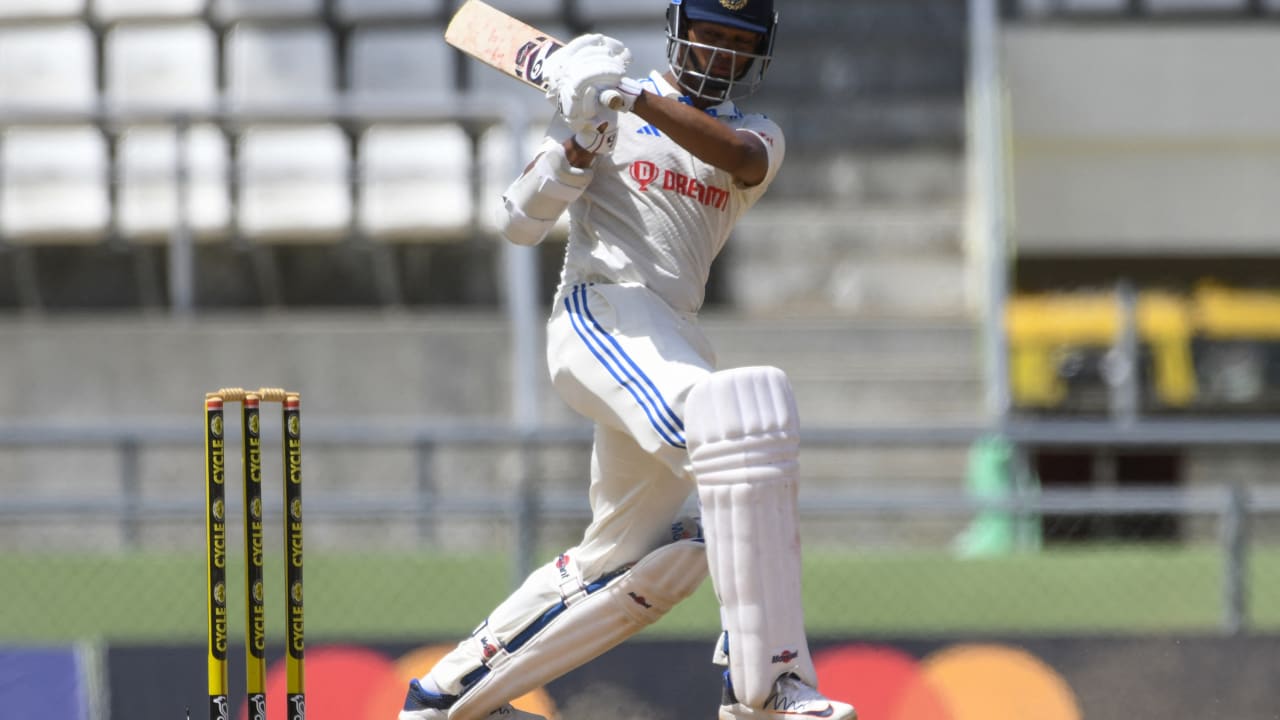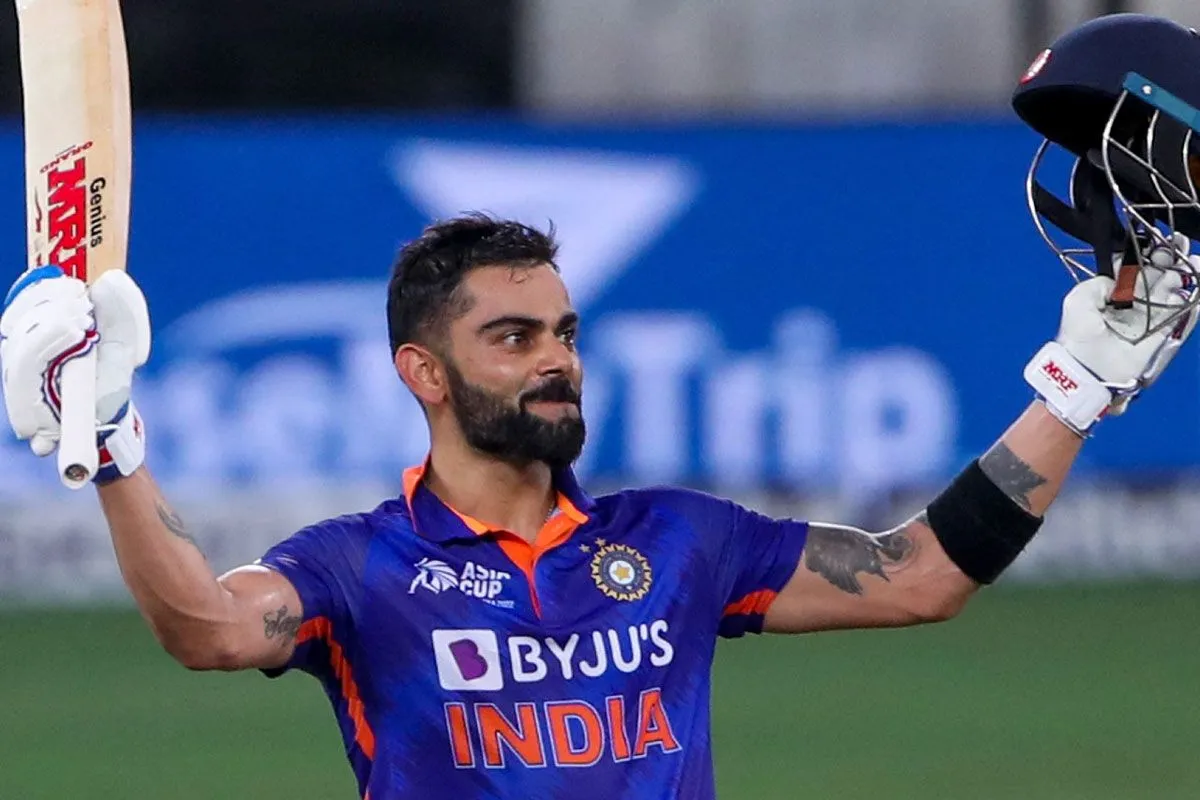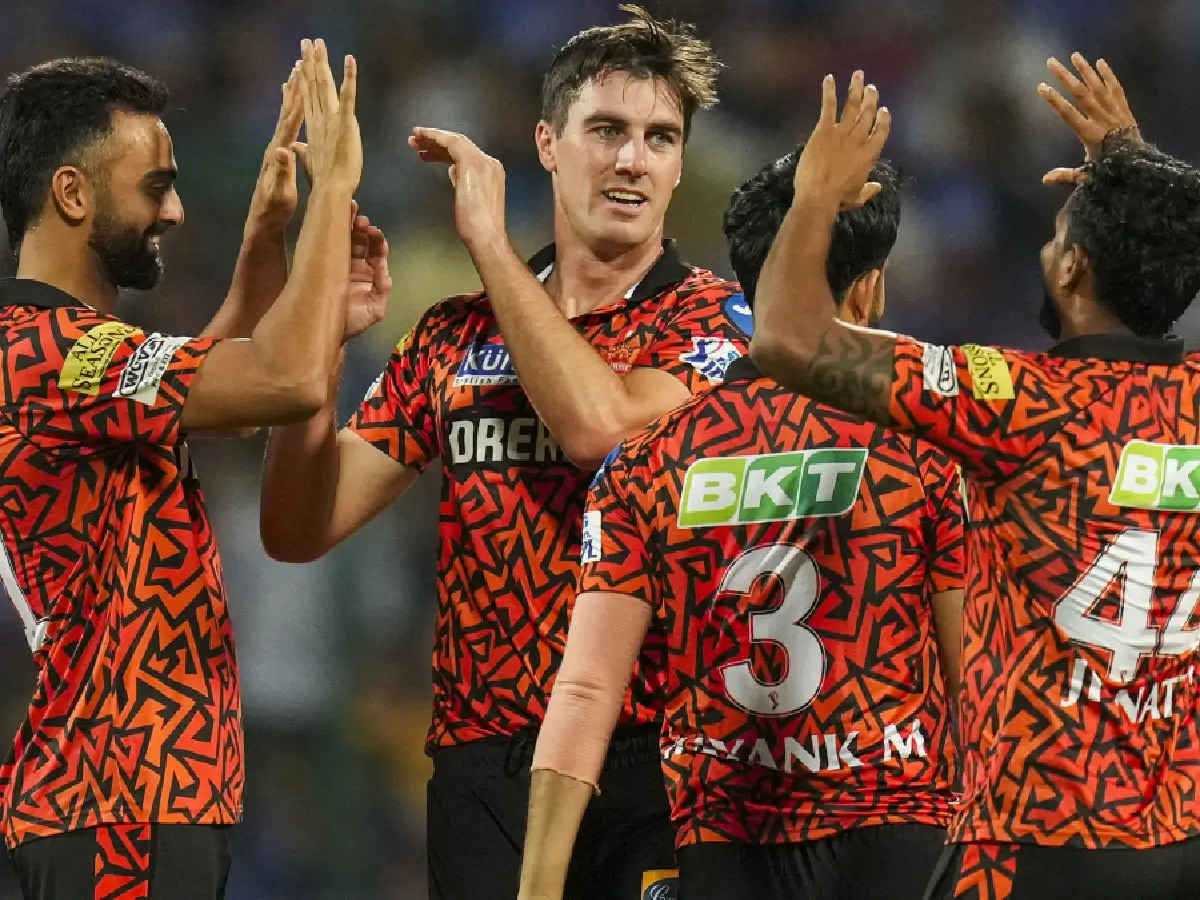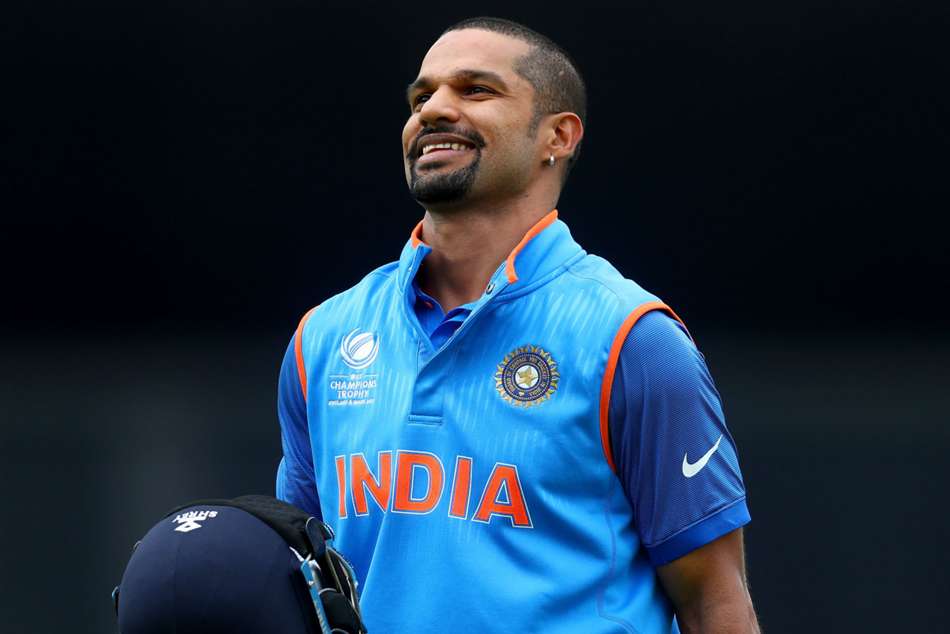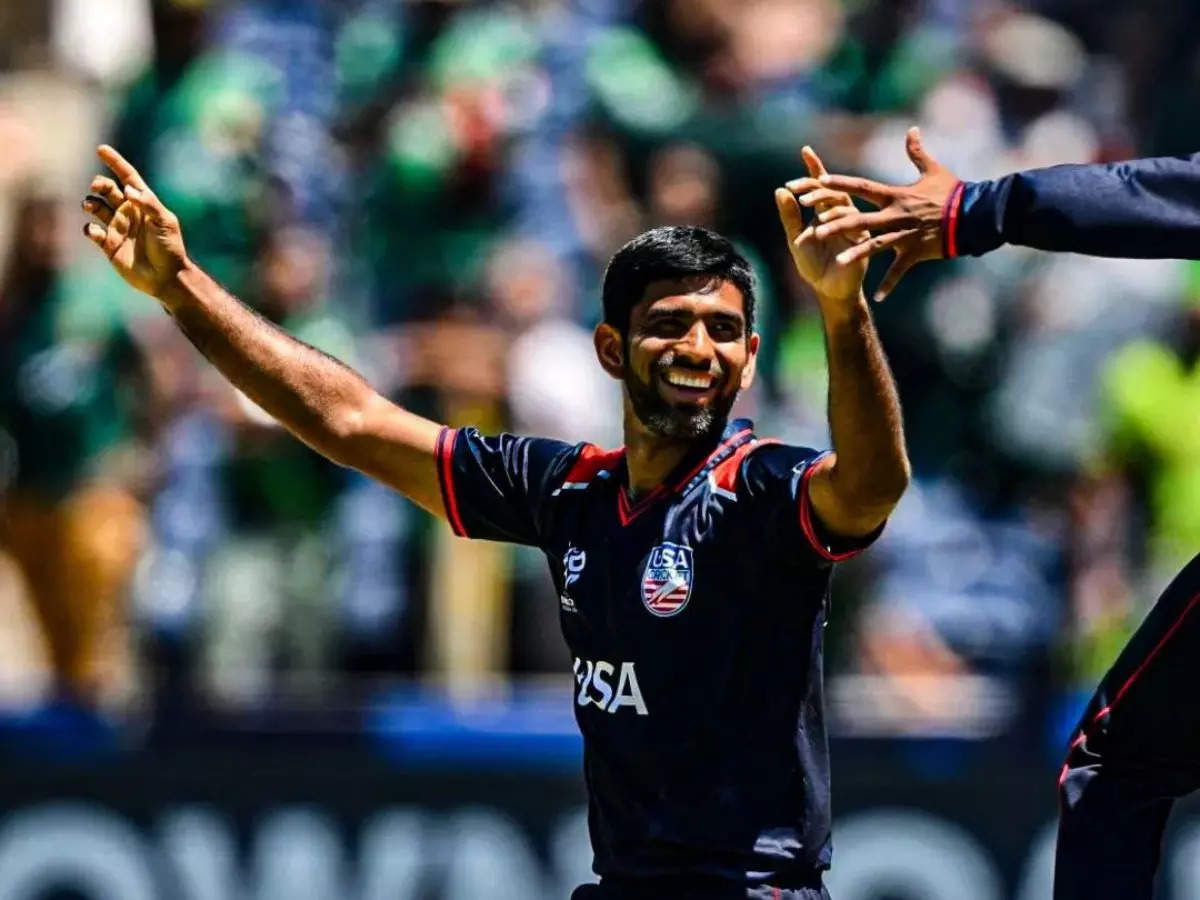- 1 Role of Analytics and Data in T20 Strategy
- 2 1. Squad Selection and Team Composition
- 3 2. Powerplay Approach: Starting Strong
- 4 3. Middle Overs Management
- 5 4. Death Overs: Explosive Finishing
- 6 5. Bowling Rotations and Field Placements
- 7 6. Matchups and Tactical Substitutions
- 8 7. Adaptability to Conditions
- 9 8. Mental Resilience and Leadership
- 10 9. Use of Technology and Analytics
- 11 10. Chasing vs. Defending: Choosing the Right Plan
- 12 Final Thoughts
Role of Analytics and Data in T20 Strategy
The ICC T20 World Cup Strategy is one of the most thrilling spectacles in international cricket. With every match capable of swinging in a single over, success in this high-pressure format demands more than just talent—it requires razor-sharp strategy. From powerplays to death overs, every phase of the game must be carefully planned and executed. This article examines the essential components of a successful T20 World Cup strategy, highlighting what distinguishes champions from the rest.
1. Squad Selection and Team Composition
A solid T20 World Cup Strategy begins long before the first ball is bowled—with squad selection. Teams must strike the perfect balance between experience and youth, power hitters and anchor players, specialist bowlers and all-rounders.
Key considerations:
-
Versatile players who can contribute in more than one role.
-
Left-right batting combinations to disrupt bowling plans.
-
Spin vs. pace balance depending on expected conditions.
Example:
India’s successful campaigns often rely on multi-dimensional players like Hardik Pandya and Ravindra Jadeja, who offer depth in both batting and bowling.
2. Powerplay Approach: Starting Strong
The first six overs are crucial in T20s. Teams aim to maximize the fielding restrictions by scoring aggressively while minimizing risk.
Strategies include:
-
Using pinch-hitters to go after early boundaries.
-
Targeting weaker opening bowlers.
-
Rotating strike to avoid dot balls.
Successful teams know when to attack and when to consolidate, especially if early wickets fall.
3. Middle Overs Management
Overs 7 to 15 are about building the innings while preserving wickets. This phase often separates the good teams from the great ones.
Tactics:
-
Use of spinners to control run rate.
-
Batters focus on strike rotation with occasional boundaries.
-
Maintain momentum without reckless shots.
Teams often deploy their best spinners here to put pressure on the opposition and set up wickets.
4. Death Overs: Explosive Finishing
The final 4-5 overs can drastically alter the match. Success here hinges on big-hitting finishers and smart bowling strategies.
Batting strategy:
-
Bring in power-hitters like Andre Russell, Glenn Maxwell, or David Miller.
-
Look to score 12+ runs per over consistently.
Bowling strategy:
-
Use yorkers, slower balls, and wide lines.
-
Bowlers like Jasprit Bumrah or Mitchell Starc excel in these overs due to their variation and accuracy.
5. Bowling Rotations and Field Placements
Controlling runs and taking wickets requires smart bowling changes and precise field settings.
Best practices:
-
Rotate bowlers frequently to break rhythm.
-
Set aggressive fields early to take wickets.
-
Defensive fields in death overs to prevent boundaries.
Data-driven analysis also helps captains to place fielders where shots are most likely.
6. Matchups and Tactical Substitutions
Matchups—identifying which batter struggles against which bowler—play a huge role.
Examples:
-
Using off-spinners against left-hand heavy batting lineups.
-
Saving strike bowlers for key opposition players.
With the introduction of tactical substitutions (like the Impact Player in leagues), this becomes even more critical.
7. Adaptability to Conditions
Conditions vary significantly across venues—dry pitches in India vs. bouncy tracks in Australia.
Key factors:
-
Reading the pitch accurately during the toss.
-
Adapting game plans quickly if dew affects bowling later.
-
Making use of local knowledge and weather forecasts.
8. Mental Resilience and Leadership
Strategy also involves psychology. Under pressure, it’s the calm, composed leaders who shine.
Important traits:
-
Backing players even after failures.
-
Making brave calls, like promoting a lower-order hitter when needed.
-
Staying positive under pressure.
Captains like MS Dhoni and Eoin Morgan are known for making bold, calculated decisions that win matches.
9. Use of Technology and Analytics
Modern teams leverage data and video analytics to prepare detailed plans.
Tools used:
-
Bowling heat maps and shot charts.
-
Performance data vs. specific bowlers or batters.
-
Simulations of match scenarios for decision-making.
Teams like England and Australia have made analytics a core part of their T20 approach.
10. Chasing vs. Defending: Choosing the Right Plan
Whether to bat or bowl first can be a game-changer.
Factors to consider:
-
Dew factor in night games.
-
The team’s strength in chasing or defending.
-
Pressure handling ability of the batting unit.
Many captains now prefer chasing due to better clarity on the target and the impact of dew.
Final Thoughts
T20 World Cup Strategy cricket may be the shortest format, but it demands the most strategic depth. The T20 World Cup is not won only on match day—it’s won in planning rooms, net sessions, and analytics meetings. Teams that embrace innovation, adapt on the fly, and execute under pressure are the ones that lift the trophy.


